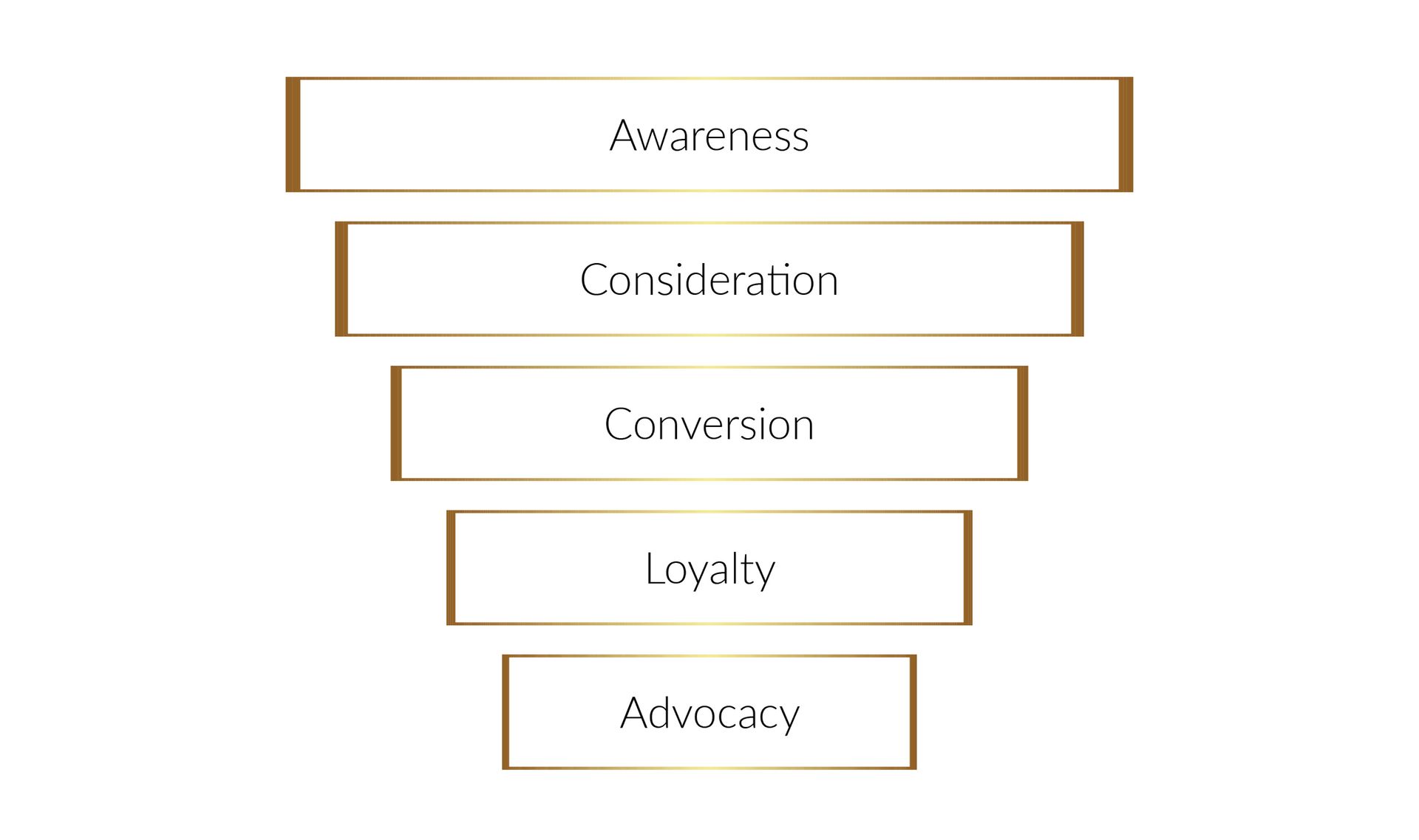Hybrid Horizons: Navigating the Future of Work in a Remote World
Embracing the Future of Work: How to Successfully Adapt to Hybrid Work Models

Introduction
As we stand on the precipice of a workplace revolution, the future of work is being sculpted by a powerful force – the hybrid work model. This paradigm shift, a product of rapid digital transformation necessitated by unprecedented global events, redefines our conventional understanding of work. Blurring the lines between traditional office spaces and the comfort of working from home, this model represents a new era of flexibility and collaboration.
Hybrid work presents a unique cocktail of opportunities and challenges, and for organizations worldwide, the call of the hour is to adapt and evolve. It requires a strategic blend of engaging virtual teams, leveraging cutting-edge collaboration tools, and maintaining productivity amid the changing dynamics. In this journey of adaptation, one thing is sure - the future of work is not tied to a specific place but a state of increased connectivity and digital integration.
As we delve into this article, we'll uncover the critical facets of this monumental shift and guide you on how to thrive in this new reality. So, whether you're an employer, an employee, or simply someone intrigued by the evolving world of work, let's explore the exciting realm of hybrid work models.
The Rise of Hybrid Work Models
The hybrid work model is at the core of the professional landscape transformation. This innovative structure melds the best of two worlds: the conventional in-office environment and the increasingly popular remote work setup. But what does hybrid work indeed entail?
Understanding the Hybrid Work Model
A hybrid work model is a flexible work system where employees split their time between working remotely and in a traditional office space. This model is not a one-size-fits-all solution; it varies from organization to organization, contingent upon their unique needs, industry standards, and workforce roles. It could mean employees coming to the office a few days a week or involving specific teams in-office while others work from home.
Why Hybrid Work is the Future of Work
The hybrid work model is more than just a trend; it's increasingly being recognized as the future of work. Why? Because it offers a balance. It allows organizations to leverage the benefits of remote work, such as reduced overhead costs and increased employee satisfaction, while maintaining the advantages of in-person collaboration, like spontaneous brainstorming and team bonding. Moreover, it gives employees the flexibility they crave, leading to higher productivity and engagement.
The Role of Digital Transformation in the Rise of Hybrid Work
The meteoric rise of hybrid work models wouldn't have been possible without the parallel trajectory of digital transformation. As technology advances at an unprecedented rate, it's enabling organizations to support remote work more effectively and efficiently. Collaboration tools, cloud computing, cybersecurity measures, and other digital innovations allow teams to work together seamlessly, regardless of physical location.
Digital transformation is an enabler and a critical driver of the hybrid work model. It's facilitating communication, collaboration, and productivity in a distributed work environment, setting the stage for the future of work. As we progress, the organizations that can best harness these digital tools and adapt to the evolving work model will be poised for success in the hybrid work era.
The Power of Remote Work
In the grand canvas of the future of work, remote work is the vibrant palette that adds color and flexibility. As we continue to embrace the hybrid work model, understanding the strength and potential of remote work is crucial.
The Benefits of Remote Work
The allure of remote work lies in its myriad benefits for employees and employers alike. For employees, remote work eliminates stressful commutes, provides a flexible schedule, and improves work-life balance. It enables individuals to design their work environment, increasing comfort and often higher productivity.
For organizations, remote work opens up a geographically available talent pool. It reduces the costs of maintaining a physical workspace, such as rent, utilities, and office supplies. Studies have consistently shown remote workers are often more productive than their in-office counterparts, directly contributing to the bottom line.
Work from Home: A Permanent Fixture?
The pandemic has indubitably been a catalyst for remote work, but is work from home here to stay? As organizations witness the compelling benefits of remote work, many are considering making it a permanent part of their operations. Tech giants like Twitter and Shopify have already announced their plans for "work from anywhere" policies. This shift indicates that remote work is more than just a response to a crisis; it's becoming a fundamental element of the future of work.
Fostering Virtual Teams in Remote Settings
A crucial aspect of remote work is the cultivation of effective virtual teams. Creating a sense of camaraderie and maintaining open communication channels are critical in a remote setting. Thanks to digital transformation, a suite of collaboration tools is at our disposal to facilitate this process. These digital resources are vital to fostering successful virtual teams, from video conferencing software that allows face-to-face interaction to project management tools that keep everyone on the same page.
In conclusion, the power of remote work lies in its ability to provide flexibility, expand opportunities, and harness the advantages of digital tools. As we move further into the hybrid work era, the organizations that embrace remote work and learn to harness its power will lead the charge toward the future of work.
Navigating Challenges and Ensuring Productivity
As we delve deeper into the hybrid work model, it's essential to recognize and navigate the challenges of this new way of working. At the same time, maintaining productivity and leveraging the right tools is crucial for success.
Maintaining Productivity in Hybrid Work Environments
Hybrid work environments, with their blend of in-office and remote work, present unique challenges when maintaining productivity. The key is to foster a culture that values output over presence. Organizations can encourage productivity in a hybrid setting by focusing on what employees achieve rather than where or when they work.
Flexibility is a cornerstone of the hybrid work model and can significantly boost productivity. Allowing employees to choose their work environment depending on their tasks or personal preferences can lead to more engaged, motivated, and ultimately more productive staff.
Overcoming Obstacles in Remote Work
While remote work offers numerous benefits, it has its challenges. Feelings of isolation, communication breakdowns, and a healthy work-life balance can pose significant hurdles.
Organizations can combat these issues by fostering a strong company culture that values communication and connection. Regular virtual check-ins, team-building activities, and providing support for mental health can help employees feel more connected and less isolated.
Moreover, setting clear expectations and promoting a culture of trust can help mitigate communication issues and ensure work-life boundaries are respected.
Leveraging Collaboration Tools for Enhanced Productivity
Digital transformation has provided many collaboration tools to enhance productivity in hybrid and remote work settings. Tools like Microsoft Teams, Slack, and Zoom facilitate communication, while project management software like Asana or Trello helps keep everyone aligned on tasks and deadlines.
These tools not only make remote collaboration possible but also make it efficient. They can automate routine tasks, streamline workflows, and provide visibility into what everyone is working on, thereby minimizing misunderstandings and maximizing productivity.
In conclusion, navigating the challenges of hybrid work and ensuring productivity requires a blend of the right culture, supportive policies, and practical tools. As we move towards the future of work, organizations that master this balancing act will thrive in the new normal.
Driving Employee Engagement in a Hybrid Model
In the evolving landscape of the hybrid work model, employee engagement has taken center stage. Organizations realize a highly engaged workforce is crucial to productivity, innovation, and overall business success.
Why Employee Engagement Matters More Than Ever
In a hybrid work environment, engagement is more critical than ever. Engaged employees are more likely to be productive, creative, and loyal to their organization. They feel a sense of purpose and are motivated to contribute their best work. In a hybrid model, where personal connection can be challenging due to physical distance, fostering a strong sense of engagement can bridge this gap and create a cohesive, high-performing team.
Strategies for Boosting Engagement in a Hybrid Work Model
Boosting engagement in a hybrid work model requires strategic planning and consistent effort. It starts with transparent communication - ensuring that all employees, regardless of location, are well-informed and feel included in the decision-making process.
Another essential strategy is providing opportunities for professional growth and development. This could involve offering online learning resources, cross-training opportunities, or mentorship programs. Employees who feel that their professional growth is being prioritized are more likely to be engaged.
Also, encouraging social interaction and team bonding can help create a sense of community, which is crucial for engagement. Virtual team-building activities, celebrating milestones, and encouraging informal 'water-cooler' chats help nurture this camaraderie.
Creating a Culture that Supports Hybrid Work
Creating a culture that supports hybrid work is about more than just implementing the right tools and policies. It's about fostering a mindset of flexibility, trust, and inclusivity.
Flexibility should be the norm in a hybrid culture, not the exception. This includes flexibility in work hours, work location, and work style. Trust is another essential component. Managers must trust their teams to manage their time and deliver on their responsibilities without constant supervision.
Finally, inclusivity is crucial. Whether employees work remotely or in the office, they should feel valued, included, and part of the team. This sense of inclusivity can significantly boost engagement and create a thriving hybrid work environment.
In conclusion, driving employee engagement in a hybrid model involves strategic planning, fostering the right culture, and a deep understanding of what employees need to thrive in this new way of working. Organizations that succeed in doing this will be well-positioned to thrive in the future of work.
Embracing the Future of Work: Hybrid and Beyond
As we navigate the ever-evolving landscape of the future of work, the hybrid work model stands at the forefront as a significant breakthrough. The digital transformation brought about by work-from-home setups and virtual teams has forever changed our work environment.
Despite the challenges of maintaining productivity and engagement in a remote or hybrid setting, we've seen how leveraging collaboration tools and implementing thoughtful strategies can mitigate these issues. The benefits of a flexible work model are apparent – from increased employee satisfaction to reduced operational costs.
Organizations must remain adaptable in a world where change is the only constant. As part of the future of work, the hybrid work model is not merely a trend but an evolutionary step in the corporate world. It presents an opportunity to redefine our workplaces and work culture, prioritizing flexibility, engagement, and productivity.
Ultimately, successfully adapting to this new era of work requires a deep understanding of these changes, a willingness to innovate, and a commitment to prioritizing employee well-being. By doing so, organizations can usher in a new age of work and thrive in the future of work.




